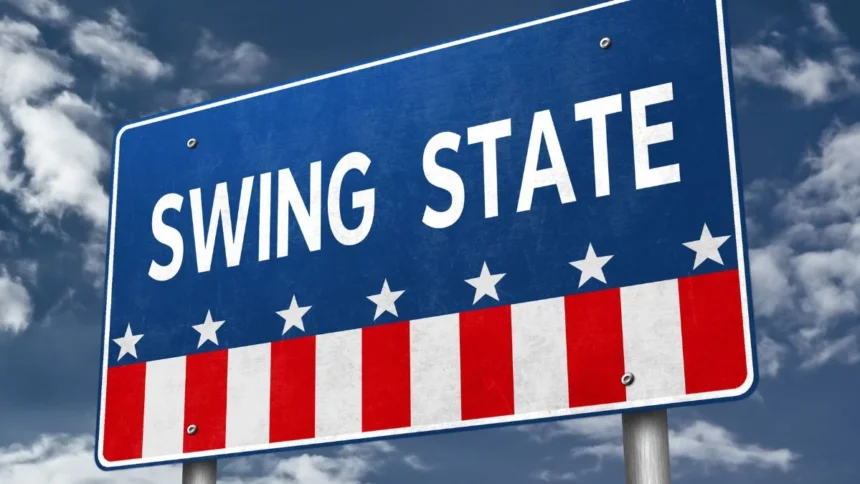Swing states, often called “battleground states,” play a pivotal role in determining the outcome of U.S. presidential elections. Their unique ability to swing between political parties based on election cycles makes them critical targets for candidates and campaign strategies. In this article, we delve into the intricacies of swing state dynamics, identifying key power players, trends, and their broader impact on the U.S. electoral landscape.
What Are Swing States?
Swing states are states where neither major political party—Democratic or Republican—holds a consistent advantage in presidential elections. Unlike solid red or blue states, swing states have a history of voting for different parties in successive elections. This unpredictability makes them decisive in close contests.
Key examples of swing states include:
- Florida: Known for its diverse demographic makeup and substantial Electoral College votes.
- Pennsylvania: A bellwether of Rust Belt concerns like manufacturing and union influence.
- Wisconsin, Michigan, and Arizona: States where shifting demographics and economic challenges create electoral uncertainty.
Why Swing States Matter
The Electoral College system amplifies the importance of swing states. Presidential candidates need 270 Electoral College votes to win, and swing states often provide the critical votes needed to cross this threshold. For instance, in the 2020 election, key victories in states like Georgia and Arizona played a decisive role in determining the winner.
The Role of Demographics and Trends
Demographics heavily influence swing state behavior. Factors like age, race, education level, and urban-rural divides shape voting patterns.
- Florida: A mix of retirees, Latino populations, and urban professionals creates a unique electoral challenge.
- Pennsylvania: Suburban voters and blue-collar workers have increasingly become the focus of political campaigns.
- Nevada and Arizona: Rapid population growth and increasing racial diversity are reshaping their political landscapes.
Key Power Players
- Political Campaigns: Swing states attract disproportionate attention from campaigns. Candidates spend significant resources on rallies, advertising, and outreach in these areas.
- Voter Advocacy Groups: Organizations advocating for voter turnout and issue-based campaigns play a critical role in influencing outcomes.
- Media and Polling Agencies: Local media and pollsters help shape perceptions and strategies through coverage and data insights.
How Candidates Tailor Their Strategies
Candidates often craft state-specific messages to appeal to the unique priorities of swing state voters.
- Economic Issues: Job creation, wage growth, and industry-specific policies dominate in manufacturing-heavy states like Michigan.
- Healthcare and Education: These issues resonate with suburban voters in Pennsylvania and Wisconsin.
- Immigration Policy: A focal point in states like Arizona and Florida with large immigrant populations.
Historical Context and Shifting Dynamics
Swing state dynamics are not static. For instance:
- Florida: While historically leaning Republican, its Latino vote has diversified, introducing more variability.
- Rust Belt States: Once Democratic strongholds, they have seen growing Republican influence in recent years.
- Sunbelt States: Arizona and Georgia are becoming more competitive as young and diverse populations grow.
The Future of Swing States
As the U.S. population becomes more diverse, the list of swing states may evolve. States like Texas and North Carolina, historically Republican, are becoming more competitive. Meanwhile, traditional swing states may solidify in one direction due to long-term demographic trends.
Conclusion
Swing states are the heart of U.S. presidential elections, embodying the nation’s diversity and political complexity. Understanding the dynamics at play in these battlegrounds is essential for predicting electoral outcomes and assessing the evolving landscape of American democracy.
Get more info: https://www.timelinetale.com/


